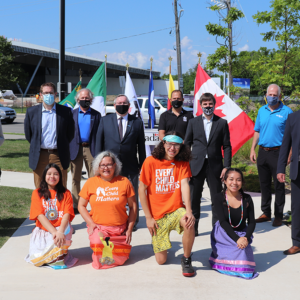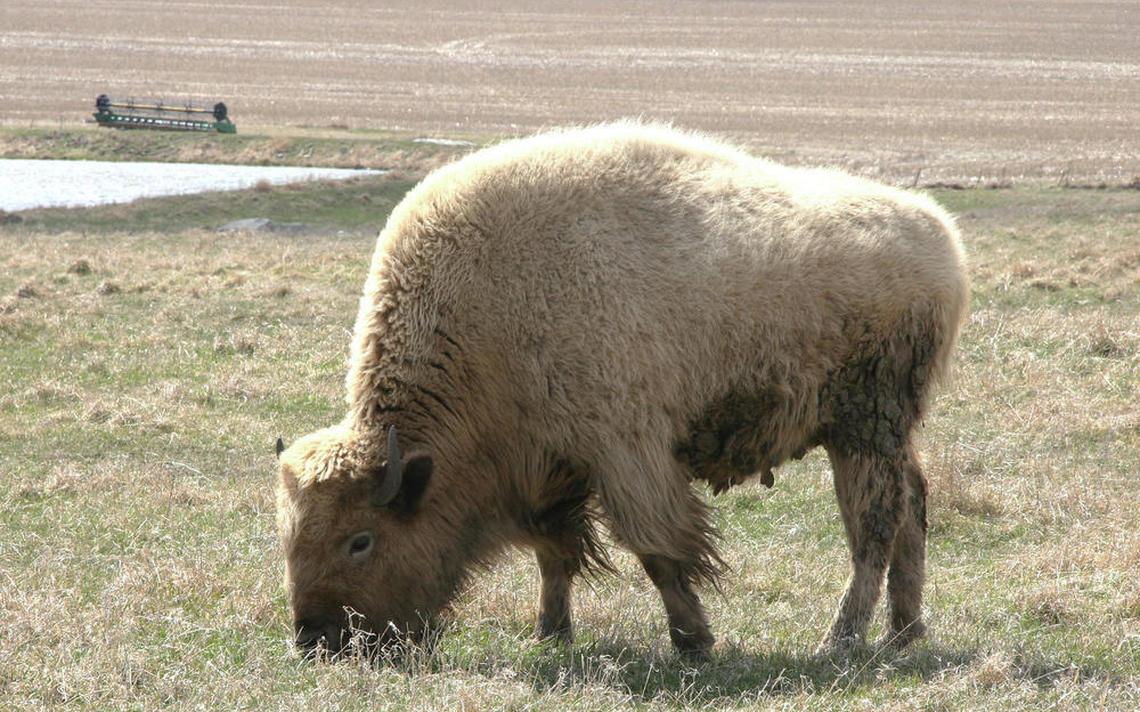Friday the 13th of December, Gary Horsnell, a former Ontario Ministry of the Environment worker, held a candid interview with the Tow Row Times in his Brantford residence, amid a gathering snow blizzard outside.
Gary recounted his work for an MOE lab tasked with testing Ontario’s drinking water supply. He reminisced about the 1990’s Provincial privatization scheme that went badly wrong, displacing Provincial scientists and engineers with private water testing businesses.
A 2002 report published by the Ontario Government, Report of the Walkerton Inquiry, describes how, in May 2000, E. coli contaminated drinking water led to the deaths of seven citizens, and the illness of “more than 2,300”. ”
After privatization, Gary said he worked for another former MOE water tester, Garry Palmateer, whose lab, G.A.P. EnviroMicrobial Services Inc., apparently carried out routine testing of Walkerton’s drinking water from 1996, until about one month before the Walkerton contamination tragedy.
In 2011, a Provincial Government news release stated that $72 million in compensation payments had been made the Walkerton’s victims of the 2000 E. coli contamination, addressing more than 9 thousand claims.”
Today, Walkerton is home to a Provincial Government agency, the Walkerton Clean Water Centre, established in 2004, whose stated mission includes safeguarding
Ontario’s drinking water through training and research, notably First Nation’s communities.
According to its 2012-2013 annual report, the Centre received $3 million in transfer payments from the Ontario government during 2012 – 2013, and $4 million the previous year.”
The Centre’s 2012-2013 annual report, , showing a $10,215,033 cash loss, also details various expenses, such as $729,895 for “rent”, $2,183,525 for “salaries”, and at March 2012, $279,330 for “website and communications”.
While the Ontario Realty Corporation, now Infrastructure Ontario, apparently holds title to the Centre’s facility property, the Centre states that it expensed $8.3 million payments to the Provincial agency for construction of new facilities. The Centre also apparently holds $7 million in GIC’s at an undisclosed Canadian chartered bank.
Ontario regulations spell out that the Centre is “an agent of Her Majesty within the meaning of the Crown Agency Act” and that the Centre may “temporarily invest any surplus money not immediately required for its objects”.
http://www.wcwc.ca/en/about/annual-reports/etp-serve?rev=407590
http://www.e-laws.gov.on.ca/html/regs/english/elaws_regs_040304_e.htm#








According to Section 91 part 24 of the Canadian Constitution, the Canadian federal government has responsibility for “Indians and lands reserved for the Indians”. That means that elected band council and drinking water treatment facility and drinking water distribution system operators on Indian reserves are covered by the federal Guidelines for Drinking Water. Those are guidelines not laws.
The Ontario drinking water Acts, laws and regulations cover drinking water operations, laboratories, etc. outside of Indian reserves and Ontario Ministry of Environment (MOE) inspectors inspect water treatment facilities outside of Indian reserves at least once per year if not more frequently to ensure they are in compliance.
The Ontario drinking water Acts, laws and regulations do not apply on Indian reserves. Although I suppose elected band councils and drinking water treatment facility and drinking water distribution system operators on Indian reserves in Ontario could follow the Ontario regulations if they want to.
That raises some questions about what happens on Indian reserves.
Who inspects the water treatment facilities on Indian reserves to make sure they are operating properly?
How often are drinking water samples collected for analysis and who sets the scheme, frequency and protocols for collection?
Who analyses the drinking water samples from water treatment facilities and drinking water distribution systems on Indian reserves. Are the samples analysed in house on reserves or are they sent to private laboratories outside of reserves?
What are the protocols for reporting the presence of coliform or E. coli bacteria indicative of contamination in drinking water samples on reserves? Are people available on call 24/7 to be notified of adverse chemical or bacterial results?
When David Langer and Jonathon Garlow came to my place to interview me it was to discuss Six Nations issues. The conversation about Walkerton came up when David Langer asked me if I was the same person who had provided information to the Walkerton inquiry. I said yes so we discussed that for a while.
One must remember Walkerton took place in 2000 so I was recalling events going back more than 14 years without advance notice , without notes and to the best of my recollection.
Nevertheless, I am comfortable with the video and what I said.
By the way, the Harris government told both the Ministry of Environment (MOE)laboratories and the Ministry of Health (MOH) laboratories not to test drinking water routinely for municipalities.
However, one must also realize that, after Walkerton, the Ontario government Introduced the Clean Water Act, the Safe Drinking Water Act and regulations.
Those regulations force by law all laboratories private or municipal that test drinking water in Ontario to use accredited methods for testing drinking water and force them by law to notify a person live at the water treatment plant, a person live at MOE Spills Action Centre and a person live at the local health unit so the local Medical Officer of Health can be informed whenever any drinking water sample shows evidence of adverse bacterial or chemical conditions. One cannot just Fax results one must notify a person live and also Fax results.
Now the Walkerton Clean Water Centre does research into water treatment technologies and does train interested staff from water treatment facilities outside and inside Indian reserves.
However, Indian reserves are under federal jurisdiction so the Ontario provincial laws and regulations do not apply on Indian reserves. Indian reserves abide by the Federal Drinking Water Guidelines.
Thanks for the explaining some of the history behind walkerton and the downloading of the services, However i was hoping to see the dialog between yourself and our publisher. And have a write up here, im sure there is something in the works.
That was only some of the history behind Walkerton. That event was a consequence of a rare perfect storm of flooding and failures and oversights on many levels.